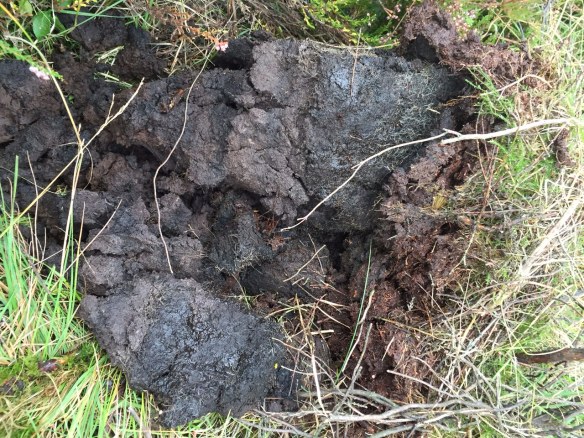Sam Newton – Natural Heritage Trainee, Land of Iron
Charles Darwin was an undoubted genius, according to most people’s definition – so it should come as no surprise that he was interested in earthworms. He even wrote a book with the catchy title The Formation of Vegetable Mould, through the action of worms, with observations on their habitats.
Earthworms are fundamental. They are ecosystem engineers – a term associated with important ecological outputs, which can often be stalked by controversy because of the affects caused e.g. Eurasian Beaver (Castor fiber). However, everyone can get behind earthworms; they are the only species playing a significant role in pedoturbation and are a major player in pedogenesis.
What are pedoturbation and pedogenesis? Well, they’re words we should all know. They describe the process of mixing between soil horizons resulting in healthy homogenization, and the formation of soils through biogeochemical processes.
Soil is the unconsolidated material on the top level of the earth in temperate climes. In the UK most plants grow in soil. Our soils are under pressure from erosion/loss, compaction and decline in organic matter. In the 2015 bestselling book, What Nature Does for Britain by Tony Juniper, estimated the annual cost from soil degradation is between £900 million and £1.4 billion, while studies suggest soils will be too degraded for production within around 100 harvests. The need for solutions is urgent.
Soil health targets are included in the Government’s new 25 Year Environment Plan. Further national measures are planned through legislation during 2018 to manage all soils sustainably, including devising a soil health index, and updating guidance on crop establishment and optimal tillage choice.
Earthworms are crucial for tackling these problems and maintaining the health of soils. Still little is known about earthworms, despite Darwin’s efforts. We know there are 29 species in the UK, split into four groups: composters living in organic rich vegetation, epigeics living amongst leaf litter, endogeics living in the soil, and anecics living in vertical burrows. They all eat (and so recycle) decaying material, help drainage and aeration, and are food for many other species (so crucial for biodiversity). The fact that all four groups and all the species have varying ecology enhances their benefits to the reducing of erosion, compaction and the loss of organic matter, therefore benefiting the entire ecosystem – including us.
It will be very important to increase our understanding of distributions and ecology of each earthworm species, to help us to properly conserve and encourage worms to be a vital partner in such a time of soil health concern.
The Earthworm Society of Great Britain and Northern Ireland has information regarding the recording of earthworms, identifying different species, and further facts on their biology and ecology.
The British Society of Soil Science is supporting the advancement of soil science in the UK. The more we understand the resource the more we can do to conserve and enhance it.






Fantastic blog!